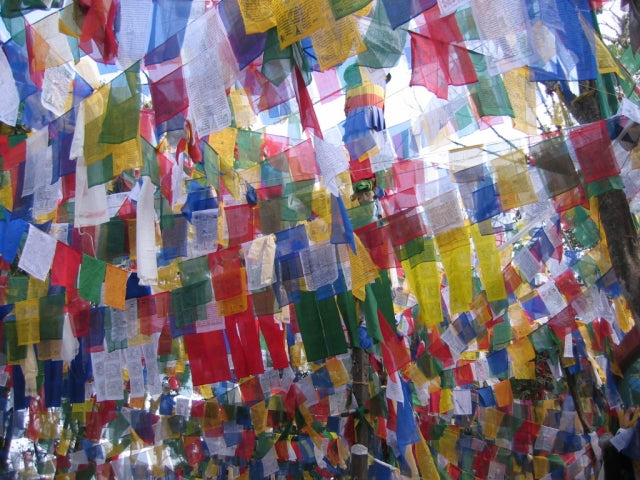
The Spirituality and Cultural Evolution of Wrapping and Tying
Wrapping Cultures Around the World
Across the globe, various cultures have developed unique traditions of "wrapping" based on their history, customs, and ways of life. Exploring these practices reveals the rich diversity and shared values in the act of wrapping.
-
Japanese Furoshiki
- Historical Background: Used since the Nara period, widely popularized during the Edo period. Recently, it has been re-emphasized as an ecological choice.
- Spirituality: Deeply rooted in the culture of valuing objects and showing respect to others by wrapping gifts.
-
Korean Bojagi
- Historical Background: An ancient Korean practice, especially used for weddings and gifts.
- Spirituality: Demonstrates love and respect for family and friends.
-
Chinese Bao Fu Bu
- Historical Background: Used since ancient times for wrapping gifts and daily objects.
- Spirituality: Emphasizes care for gifts and the cultural practice of valuing objects.
-
East African Kanga
- Historical Background: Colorful printed cloth used for clothing and wrapping objects.
- Spirituality: Conveys social messages through the patterns and messages printed on the cloth.
-
Middle Eastern Handkerchief
- Historical Background: Commonly used in daily life and religious ceremonies.
- Spirituality: Combines aesthetics and practicality, linked to religious respect.
-
Cloth Wrapping for the Quran in Islamic Culture
- Historical Background: Cloth used to protect and keep the Quran clean.
- Spirituality: Symbolizes the reverence and respect for the holy book.
The Spirituality of Wrapping and Tying and Self-Exploration
The act of "wrapping" transcends physical action, embodying deep spiritual meaning. Wrapping demonstrates care for objects and expresses respect and gratitude to others. This act includes the following spiritual elements:
-
Protection and Comfort
- Wrapping objects symbolizes protecting and keeping them safe, reflecting our need for a sense of security and stability in our hearts.
-
Ritual and Respect
- Wrapping serves as a ritual act, showing respect for objects and people. By wrapping gifts, we convey thoughtfulness and appreciation.
-
Self-Exploration and Reflection
- Through wrapping, we gain an opportunity for self-reflection and introspection. The process of carefully wrapping allows us to organize our inner thoughts and face our true selves.
Musubism's Practice of Wrapping
Musubism offers practical methods for self-exploration and reaching mindfulness through the acts of "wrapping" and "tying." This practice emphasizes that true understanding and self-discovery come through action rather than mere thought.
-
The Way of Wrapping
- Wrapping objects serves as a metaphor for wrapping and protecting ourselves. This practice helps us find inner peace and order in our hearts.
-
The Way of Tying
- Tying symbolizes connection with people and objects. By creating knots, we strengthen our relationships and feel a sense of unity.
-
Practice and Awareness
- Engaging in wrapping and tying allows us to gain insights and mindfulness beyond theoretical understanding. Through this practice, we can encounter our true selves and achieve inner peace and satisfaction.
Wrapping and tying are deeply ingrained in our daily lives, carrying profound spiritual and cultural significance. By consciously practicing Musubism, we embark on a journey of self-exploration and introspection, discovering our true selves. Recognizing the depth and universal value of wrapping culture brings new meaning and joy to our everyday lives.
#Spirituality #CulturalTraditions #WrappingCulture #Furoshiki #Bojagi #Mindfulness #SelfDiscovery #InnerPeace #Musubism #ZenPractices #CulturalHeritage #MindfulLiving #SelfExploration #CulturalSignificance #GlobalTraditions
